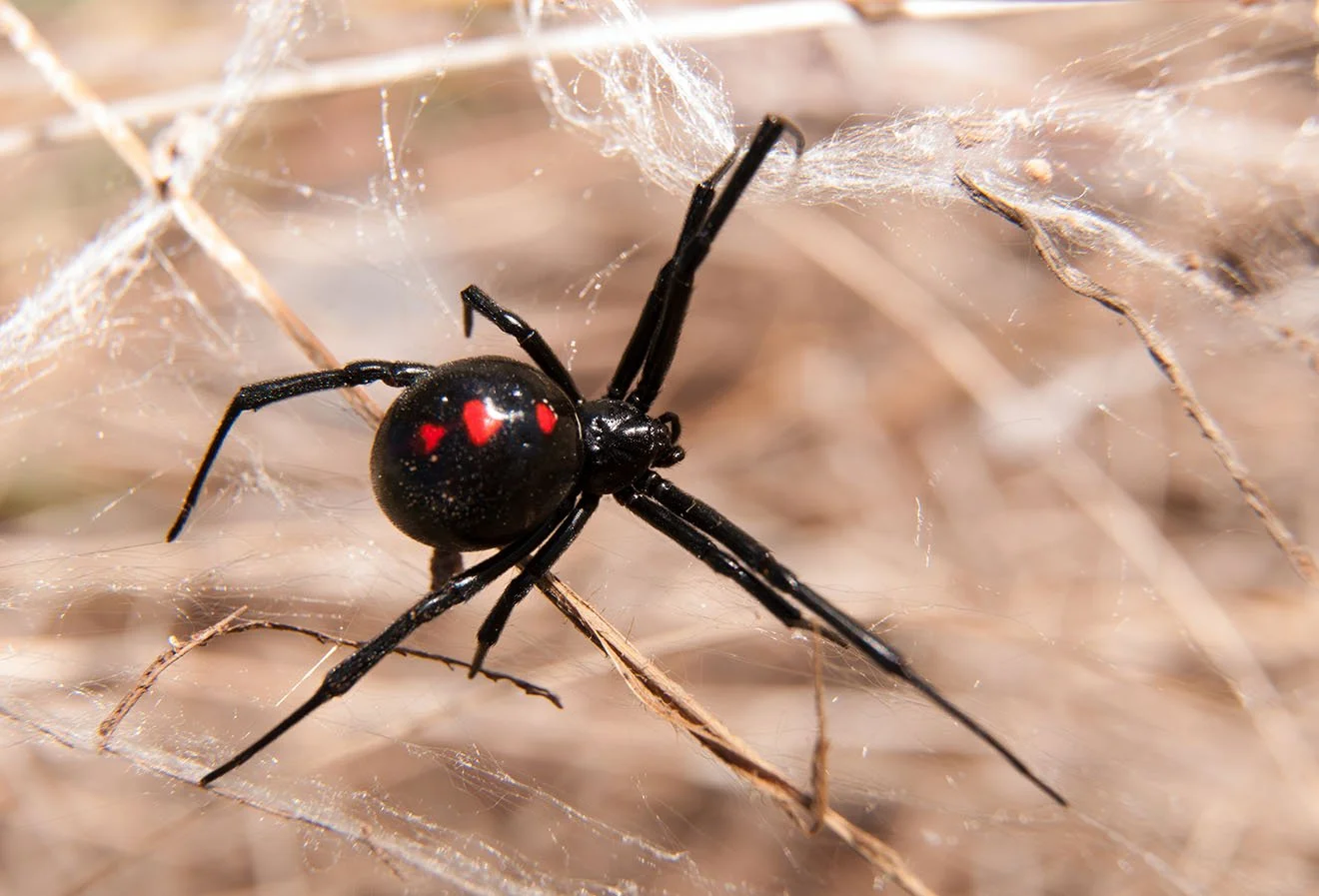SPIDERS
Spiders tend to spark a mix of emotions; most of them not great. They’re creepy, they’re crawly, and no one likes finding one on the ceiling just before bed. But the truth is, spiders play a vital role in our ecosystem, especially when it comes to controlling flying insects like mosquitoes, flies, and gnats.
Spiders are common in Southern California homes and businesses, and while most are harmless, their webs can create unsightly messes and cause concern for residents. Effective spider control requires more than just spraying — it calls for an Integrated Pest Management (IPM) approach led by a licensed Pest Management Professional (PMP).
An IPM strategy focuses on identifying spider species, reducing attractants, and implementing targeted treatments to manage populations sustainably. A crucial part of this approach is de-webbing, the physical removal of spider webs which helps reduce spider harborage, improves treatment effectiveness, and keeps your property clean.
Trust a PMP to provide expert spider management that combines inspection, habitat modification, de-webbing, and precise treatments for long-lasting results.



The Spider Surge: Why they love your home
Spiders usually start their invasion outside your home, nesting in eaves, crevices, and vegetation. Once their eggs hatch, the new generation of spiders begins spreading out in search of their own safe spaces—and that often means your attic, garage, closets, and garden.
-
Spiders nest around homes, laying hundreds of eggs at a time
Once hatched, young spiders seek out their own shelter, often indoors
Southern California’s warm, dry climate supports many different spider species
Proximity to humans increases access to shelter and prey, causing rapid population growth
Where Spiders Live
Not all spiders spin the classic circular web. In fact, spider homes are as diverse as the spiders themselves. Some build messy cobwebs in corners, others construct funnel-shaped webs.
-
Webs: Used for catching prey, wrapping eggs, and reinforcing shelters. Web types vary:
Geometric and symmetrical (orb weavers)
Messy and irregular (widows and house spiders)
Flat sheets with funnels (grass spiders)
Indoor spots:
Moist areas: basements, crawlspaces, under sinks
Dry spots: attics, upper corners, vents
Spider Species in Southern California
Southern California is home to a wide variety of spiders; some helpful, some harmless, and a few potentially harmful to humans or pets.
-
Black Widow Spiders
Recognizable by the red hourglass marking. Often hide in quiet, dark spaces like sheds or garages. Their bite can be temporarily debilitating.Brown Widow Spiders
Similar to black widows, but lighter in color with an orange or red hourglass. Also avoid human contact and build messy webs in undisturbed areas.Cellar Spiders (Daddy Long-Legs)
Long-legged, thin-bodied spiders often found in damp basements and crawl spaces.American House Spiders
Round-bodied, brown spiders that may look like black widows at a glance but are not dangerous. Common in corners, attics, and closets.Grass Spiders
Fast-moving, web-building spiders that weave sheet-style webs across lawns, bushes, and shrubs. Often seen outdoors.
How to Keep Spiders Out
Prevention is key to avoiding a spider takeover. Here are steps you can take to spider-proof your home:
-
Switch to non-attracting exterior bulbs (yellow or sodium vapor lights)
Seal holes and gaps around pipes, wires, and conduits
Screen all vents and windows
Install weather stripping around doors and garage entry points
Seal cracks and crevices in siding and foundations


